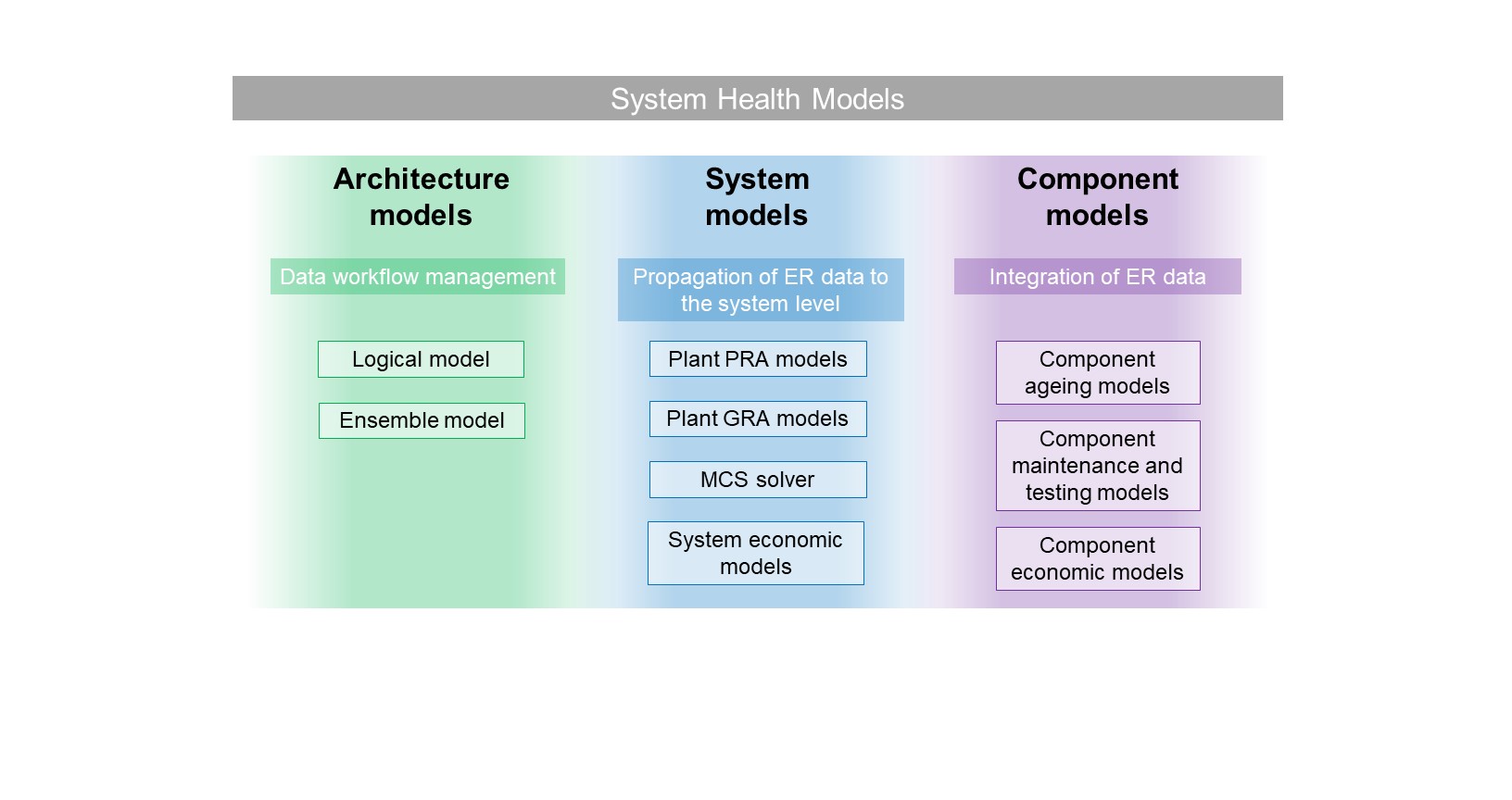Plant Health Management (PHM)
Industry Equipment Reliability (ER) programs are an essential element that
support safe and economic plant operations. The effectiveness of these programs
is addressed in several industry-wide and regulatory programs. However, as
currently implemented, these programs are labour intensive and expensive. There is
an acute industry need to leverage advanced monitoring technology (including
pattern recognition, diagnostics, and prognostics) to reduce costs and improve
engineering effectiveness. Although the use of advanced monitoring has been
successfully implemented to assess equipment and system performance in a
number of industries (e.g., commercial and military aviation, transportation, gas
turbine electrical generation), these technologies have not penetrated extensively
into the commercial nuclear power sector. As a result, deployment of these
technologies has the potential to provide significant improvements in the
performance of critical Structures, Systems and Components (SSCs) (e.g., via
detection and diagnosis of degraded performance at an incipient stage) and reduce
costs associated with monitoring and regulatory compliance.
The objective of this project is to leverage advanced computational capabilities
to support enhanced system performance and health management. A fundamental
objective of this effort is to integrate various elements of system health monitoring,
management, and reporting in a manner that is significantly less labour intensive
and is at least as technically effective as current programs. This will be
accomplished by integrating various elements of system health monitoring,
management. The final goal is to
manage equipment and system performance and its financial risk and reduce costs
associated with monitoring and regulatory compliance.
The first application of this project targets the integration of risk-informed
applications with the plant system health program. The goals are essentially the
following: 1) apply innovative data analytics methods to assess component/system
health, and, 2) link the system health program with risk models. These goals are
designed to target the fact that the U.S. commercial nuclear power industry is
aggressively pursuing implementation of several risk-informed applications to
reduce regulatory burden and operating costs. These applications include
Alternative Treatments (10CFR50.69) and Risk-Managed Technical
Specifications (TSTF-505). To obtain maximum value from these applications,
their execution must be strongly integrated with a robust and automated System
Health program. While typically plant risk models focus only on the safety aspects
of the plant, we are extending plant risk models to include the economic plant risk.
The overall outcome of this work will be a framework that will apply plant
health data to provide actual risk (both safety and economic) information that can
support more informed and effective decision-making. Risk-informed applications
are linked to this analysis framework by identifying their direct impact on plant
risk models. The foreseen outcomes of this framework are: 1) the reduction of
nuclear power plant owner resources to manage equipment reliability, and, 2) the
ability to provide, in real time, assessments of the safety and economical risks
associated with plant equipment as plant configuration changes.
RIAM and PHM projects overview
Reports
D. Mandelli, Z. Ma, R. Youngblood, S. St Germain, C. Smith, P. Talbot, S. Hess, D. Dube, C. Pope, J. Miller, M. Robbins, D. Das, M. Azarian, J. Coble
Plant Integral Risk-informed System Health Program
Tech. Rep.INL-EXT-19-55808, Idaho National Laboratory (INL), 2019
D. Mandelli, C. Wang, J. Cogliati, C. Smith, S. Hess, R. Sugrue, C. Pope, J. Miller, S. Ercanbrack, D. Cole, J. Yurko
Integration of Data Analytics with Plant System Health Program
Tech. Rep. INL/EXT-20-59928, Idaho National Laboratory (INL), 2020
Models overview
